Artist's Studios
Frida, Picasso, Gaugin, Matisse, Dali ...
"paintings about the mind and the spirit... Damian Elwes is known for his paintings depicting the studios of 20th century masters and for paintings of the natural world that venture beyond the usual boundaries of landscape painting."
"In these paintings Damian Elwes has recreated the primary engine-rooms of Modern art. Each of these images initially registers as a joyful act of homage, but as they soak in, the viewer is likely to become aware of depths and subtleties. Yes, these are icons in the religion of art, but Elwes demonstrates that great artists provide food for more than just the eye.
The easy looking aspect of Elwes’s canvases, the sense of painterly well-being that pervades them, comes from painstaking research. He visited each studio and culled hundreds of photographs of them from the Internet and more traditional resources. These were attached to the walls of his California studio as he worked.
Elwes wants the viewer to feel he is witnessing creation, which is why his paintwork never sets out to confront his subjects “mano a mano” but has a feel of openness, of a space in which something is surely about to happen.
In some sense, Elwes wants the viewer to feel what it is like to inhabit each of these painters. You do not absolutely have to know that Dali similarly levitated Velasquez’s studio in a painting, but, along with the immediate visual impact, such decodings are part of the pleasures of the work."
Anthony Haden-Guest
"Elwes, while taking liberties, paints his way into the spirit of his subjects." Art in America, 2005
Damian Elwes (1960) is an English artist based in the United States. His work focuses on human creativity and creation in nature, and elucidates his optimism in the power of those forces. He is known for his series of paintings depicting the studios of 20th century masters and for paintings of the natural world that venture beyond the usual boundaries of landscape painting.
From 1992 to 2000, Elwes chose to live in Colombia so that he could make paintings about rain forests. There he created four "dream-sites", paintings so large that viewers can walk around inside them. A floor painting, "Fallen Tree" (1997) describes the cycle of life in one of the last surviving forests of mahogany. In a clearing in the forest, one old tree has fallen to the ground. New saplings can be seen growing from the decomposing tree. This same cycle exists in painting, and in all innovation. So, while this work might be seen as a spur for conscience it also contains an indication of Elwes' confidence in the power of creativity. In London, 2010, Damian Elwes exhibited a vast floor painting about the origin of life. That art work describes a primary source of the Amazon River at the summit of a Colombian volcano called Puracé. It was placed under plexiglass in the gallery and visitors could walk all over it, to discover hundreds of flowering plants beneath their feet. For the surrounding walls, Elwes created images (reminiscent of cave paintings) of a woman asleep in that exotic ecosystem. Elwes also painted two multipart 360 degree paintings while in Colombia. The second of these, "Forest of Statues," is a circular painting based on the dimensions of "The Sanctuary" at Avebury.
.jpg)
.jpg)
Dali's Studio (Cadaques, 1973), 2007
On returning from life near the rain forest in 2000, Elwes began another series of paintings using the artist studio as a metaphor for human creativity. So far he has painted many of the major studios of the twentieth century including those of Paul Gauguin, Pablo Picasso, Henri Matisse, Frida Kahlo, René Magritte, Marcel Duchamp, Andy Warhol and Salvador Dalí. English art historian, Anthony Haden-Guest wrote, "Elwes demonstrates that great artists provide food for more than just the eye. He wants the viewer to feel he is witnessing creation which is why his paintwork never sets out to confront his subjects “mano a mano” but has a feel of openness, of a space in which something is surely about to happen. In some sense, Elwes wants the viewer to feel what it is like to inhabit each of these painters. You do not absolutely have to know that Dali similarly levitated Velasquez’s studio in a painting, but, along with the immediate visual impact, such decodings are part of the pleasures of the work."
"Picasso's Studio (Cannes, 1956)", 2005
A documentary titled "Inside Picasso's Studio" (2006) follows Elwes as he recreates almost the entire ground floor of Picasso's "Villa La Californie" as it was in April, 1956. The painting wraps around several walls and viewers are able to walk from room to room while observing hundreds of Picasso's recently created artworks and works in progress. Curator, Fred Hoffman wrote, "While we, the viewer, are immediately intrigued and invited to partake of these historical moments, what actually sustains, even heightens our interest, is Damian Elwes’ ability to turn documentation and historical record into compelling pictorial visions requiring repeated viewing and constant deciphering. Elwes’ concern for historical accuracy, and his subsequent investigative process enable his fully realized paintings to have a freshness and immediacy which none of the source material contains nor conveys. It is not, therefore, the fact that he has painted Picasso’s studio that makes Elwes’ work of interest. Rather, it is his ability to use the historical source material about Picasso to achieve some immediacy for his own concerns as a painter. In the end, it is the expressive quality of these works that we feel drawn to."
Education
Elwes studied at Harrow School and Harvard University. At graduation his professor gave him a palette knife that had once belonged to Henri Matisse. Instead of going to art school he went to Paris where, for two years, he made paintings of the studios of contemporary artists as a way of learning from them.
In the 1980s, Elwes lived in New York, where he was an early exponent of graffiti art. In 1984 his first paintings were chosen by the Robert Fraser Gallery to be exhibited alongside those of Jean-Michel Basquiat and Keith Haring.



.jpg)
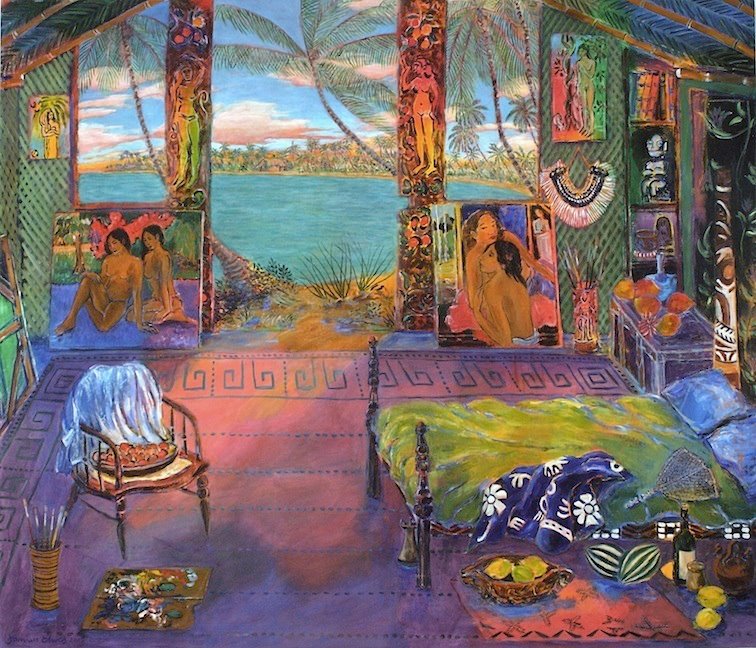.jpg)
.jpg)
.jpg)
.jpg)
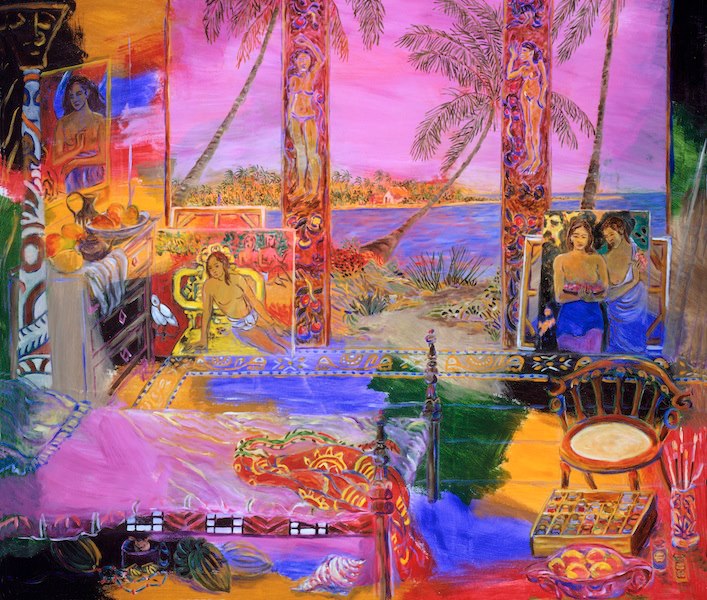.jpg)
.jpg)
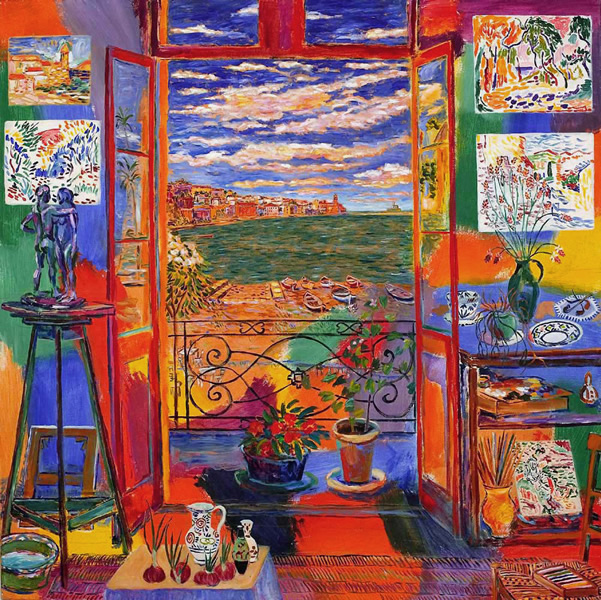.jpg)
.jpg)
.jpg)
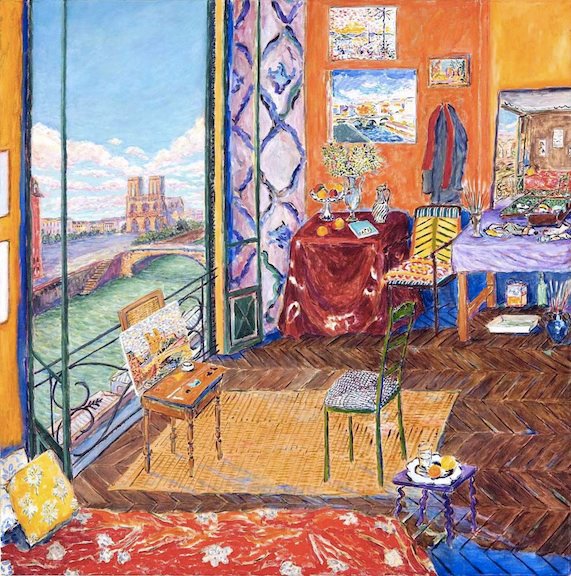.jpg)
.jpg)
.jpg)
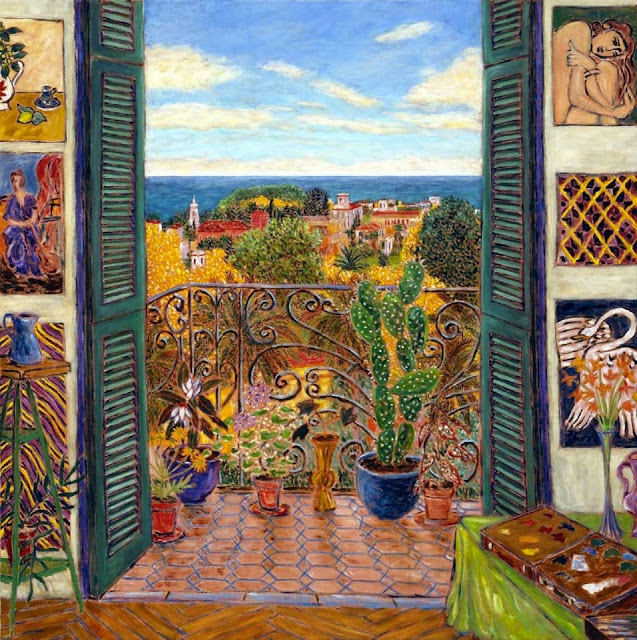.jpg)
.jpg)
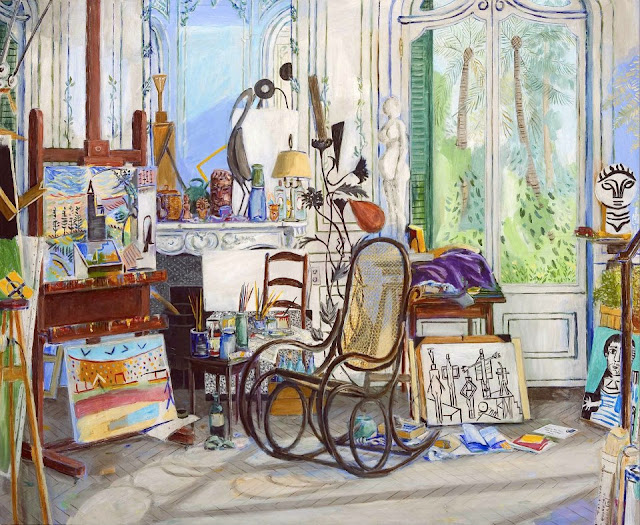.jpg)
.jpg)
.jpg)
.jpg)
.jpg)
.jpg)
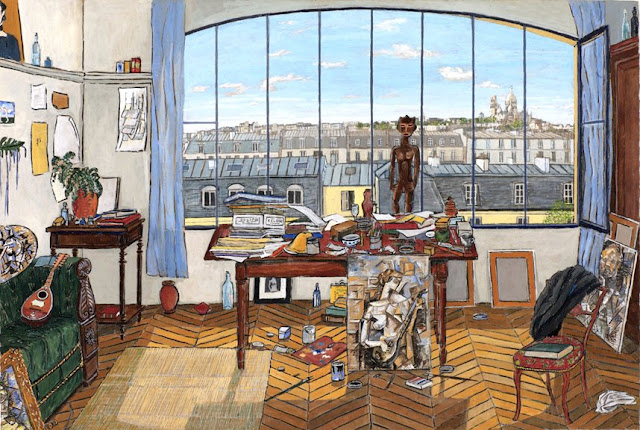.jpg)
.jpg)
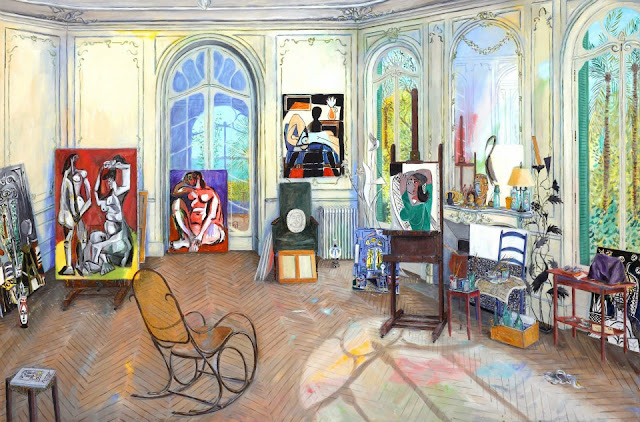.jpg)
.jpg)
.jpg)
.jpg)
.jpg)

No hay comentarios:
Publicar un comentario